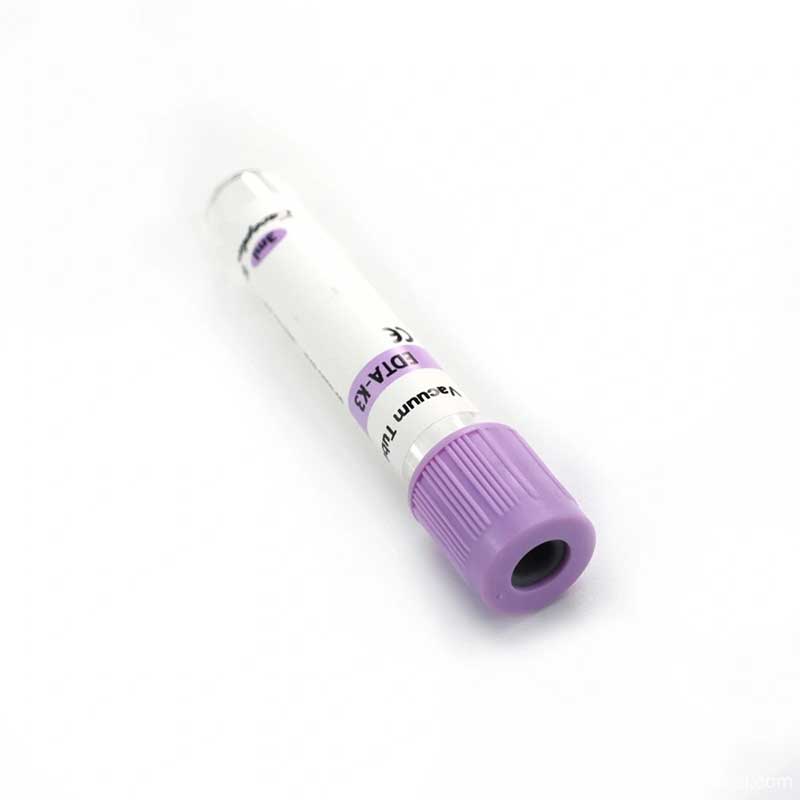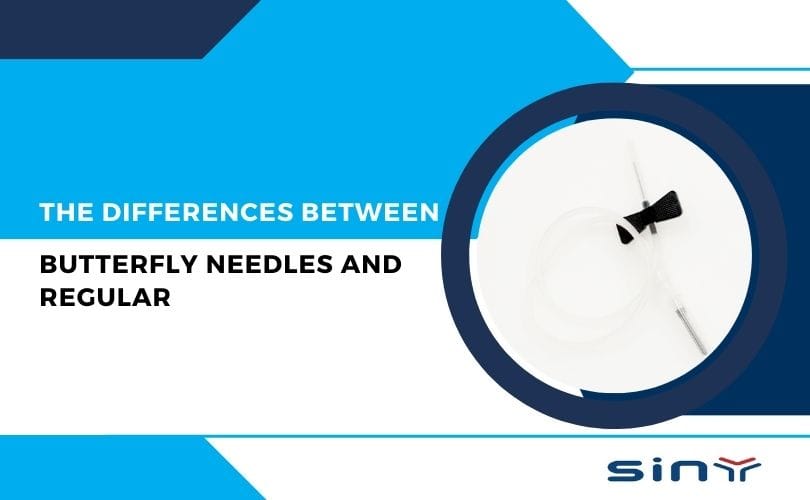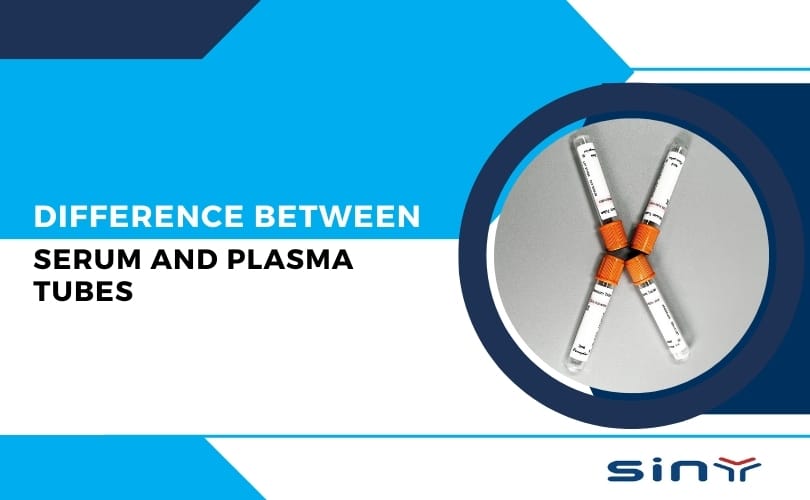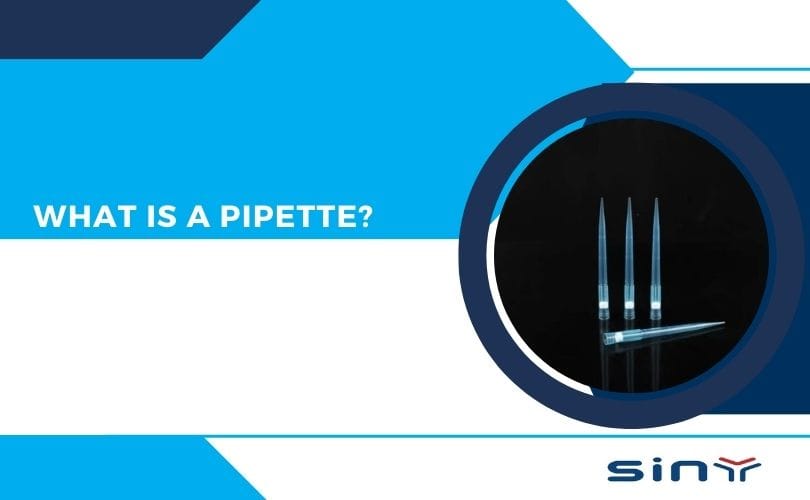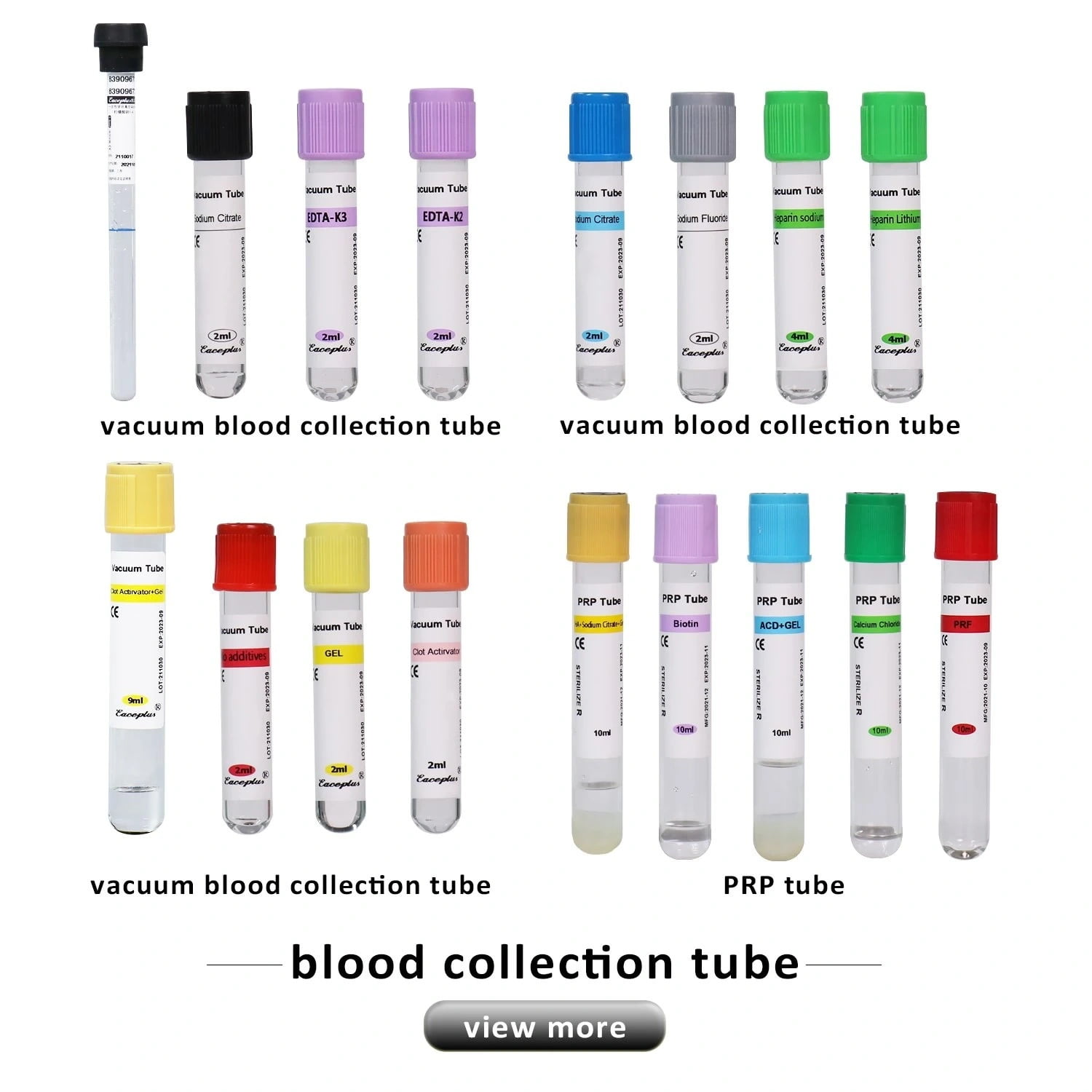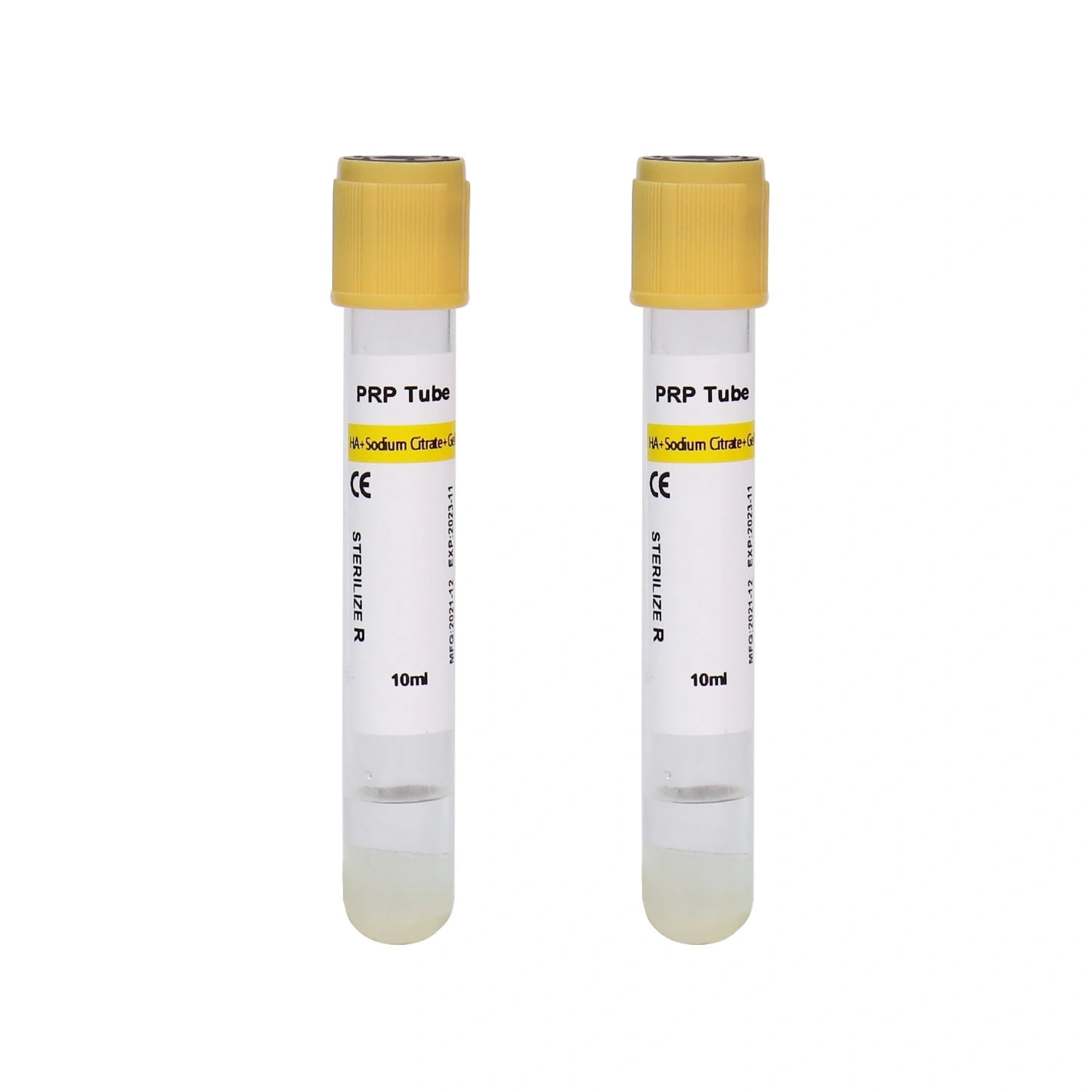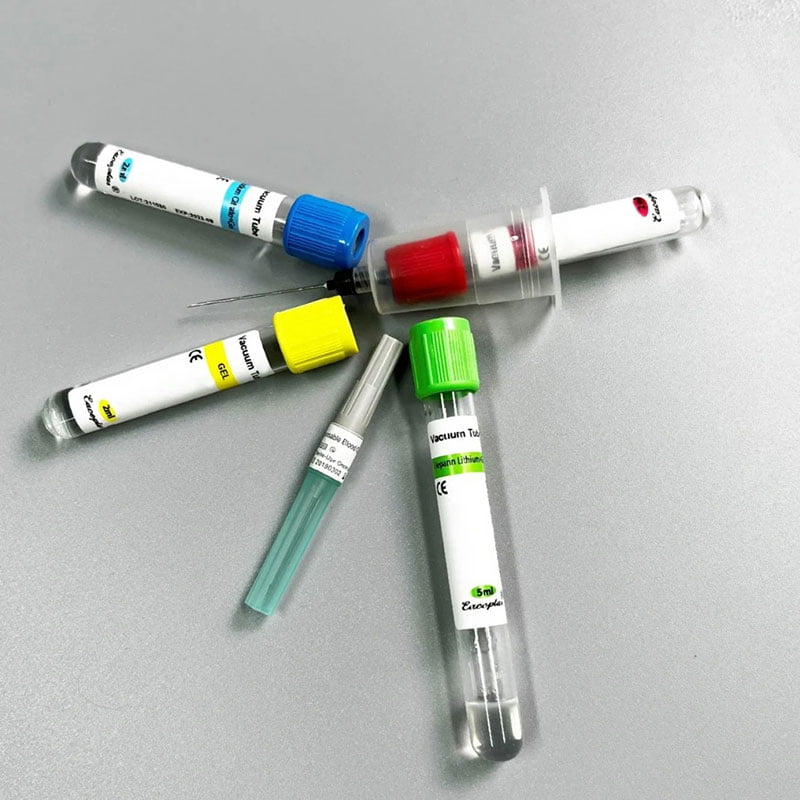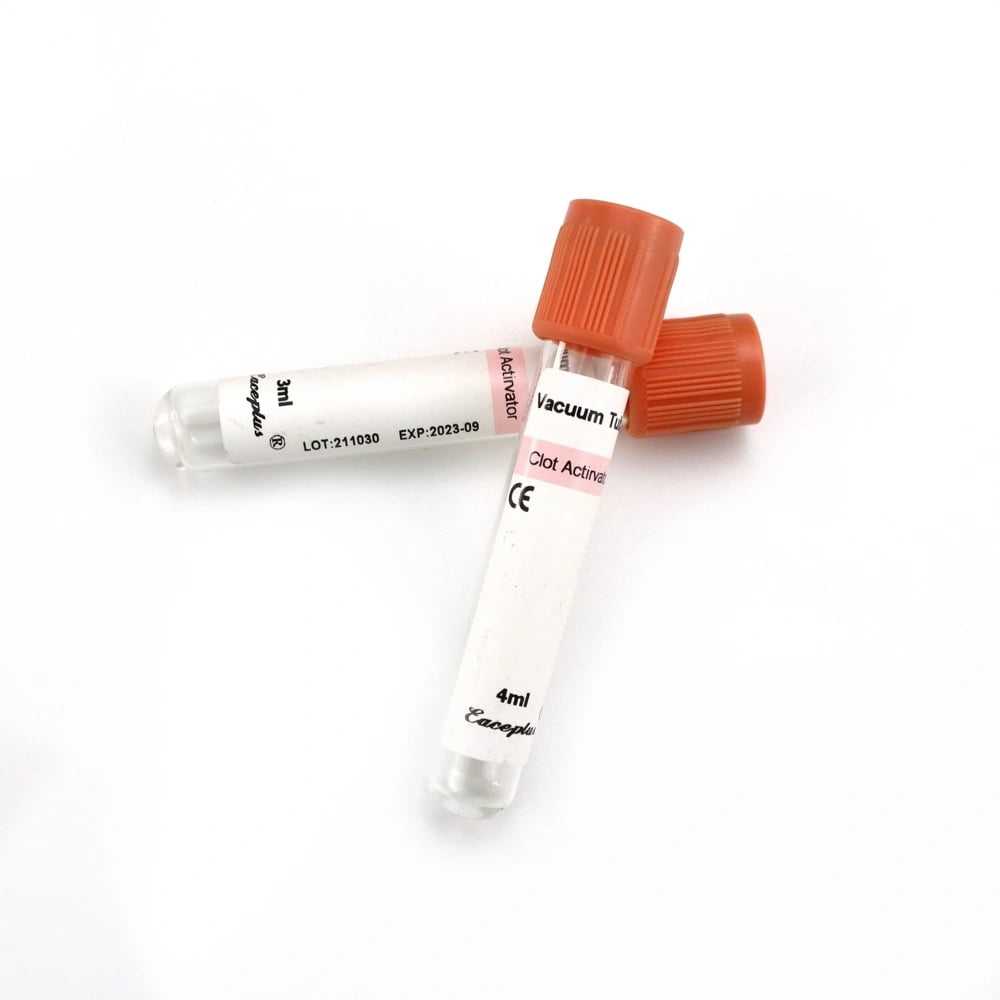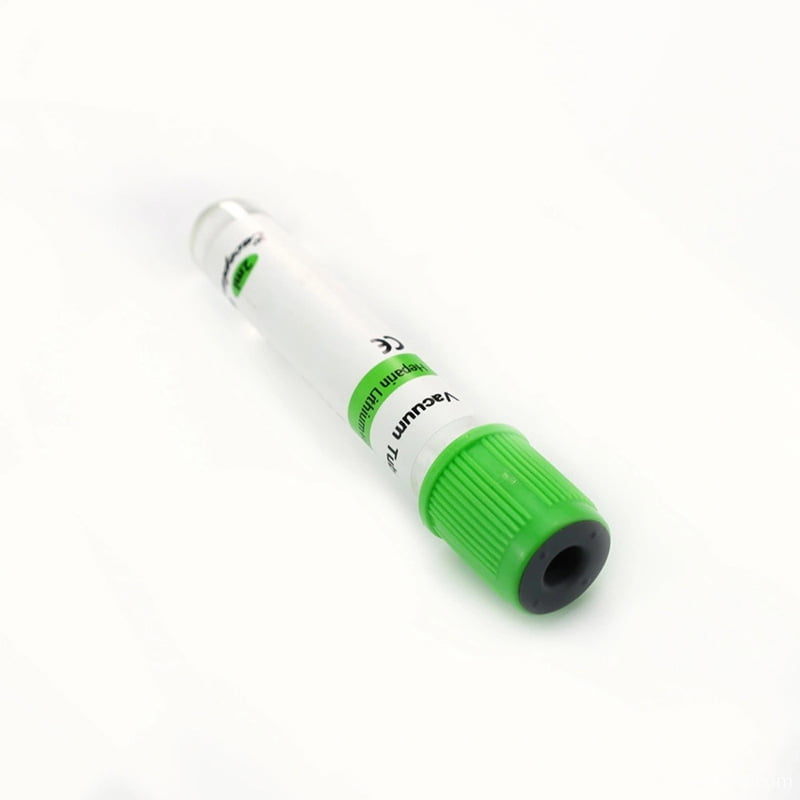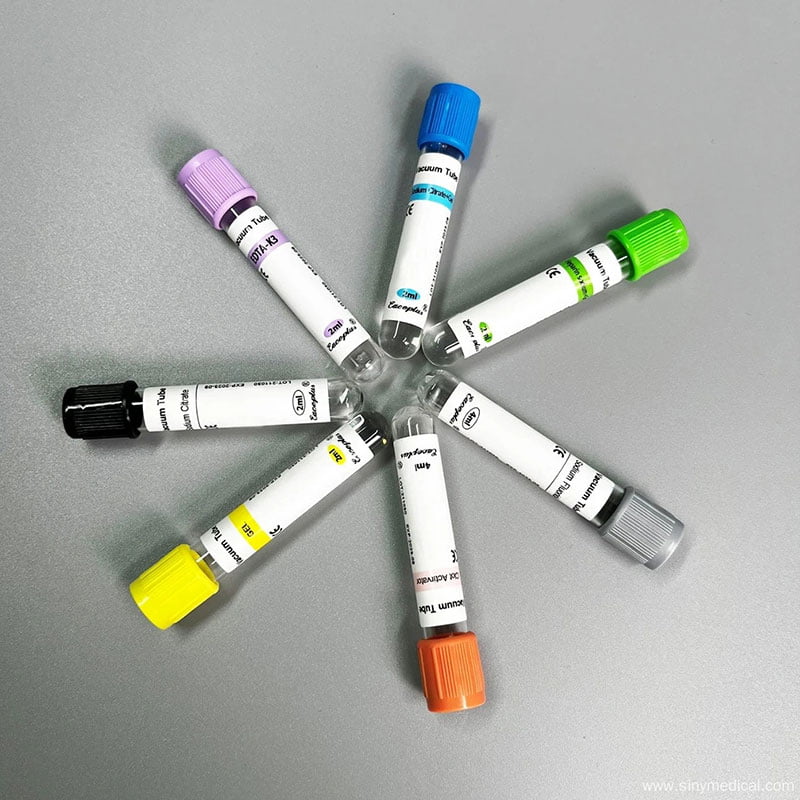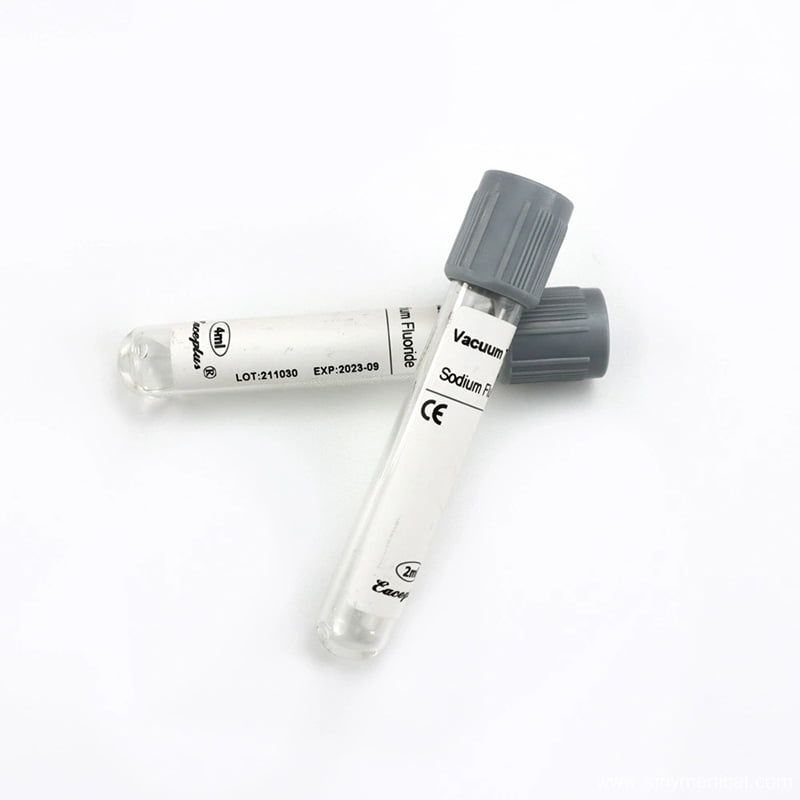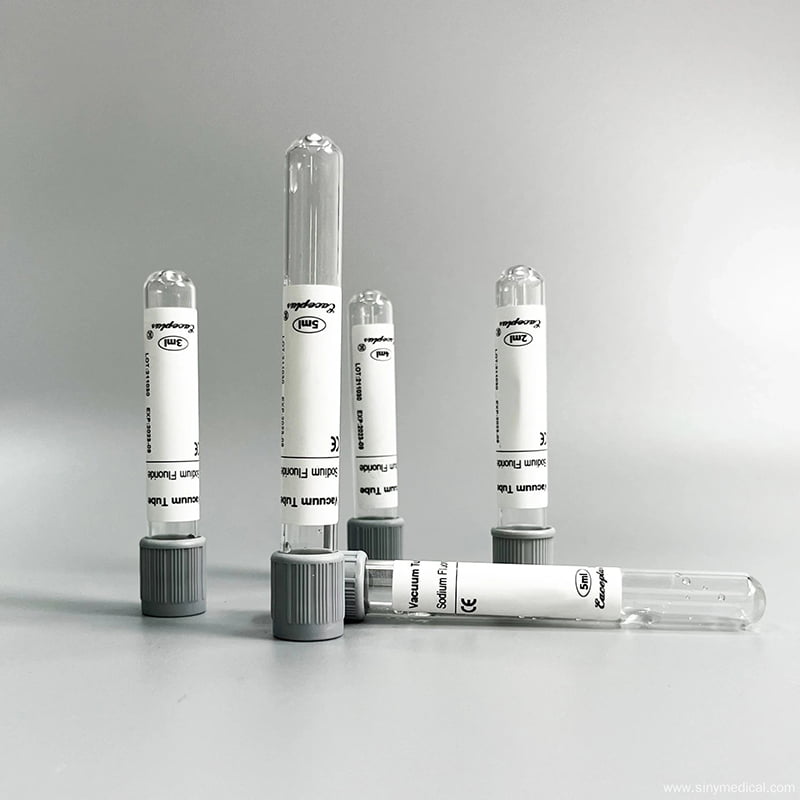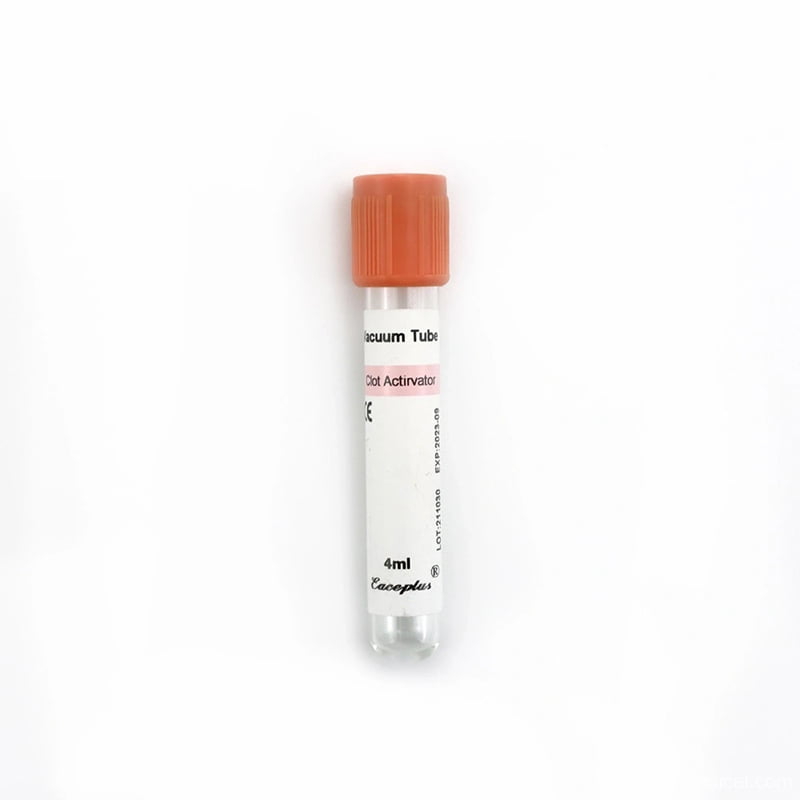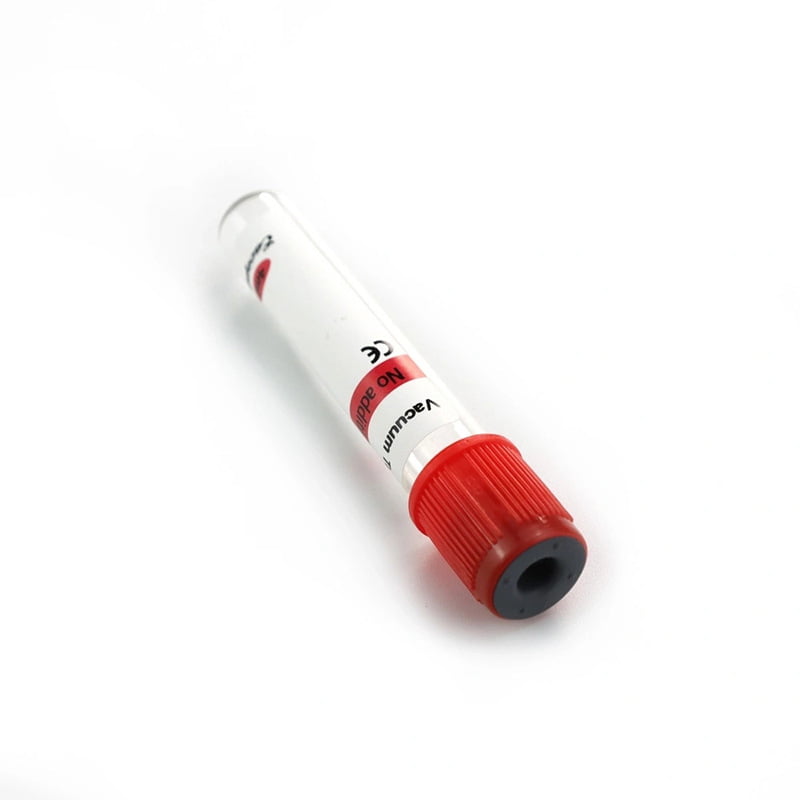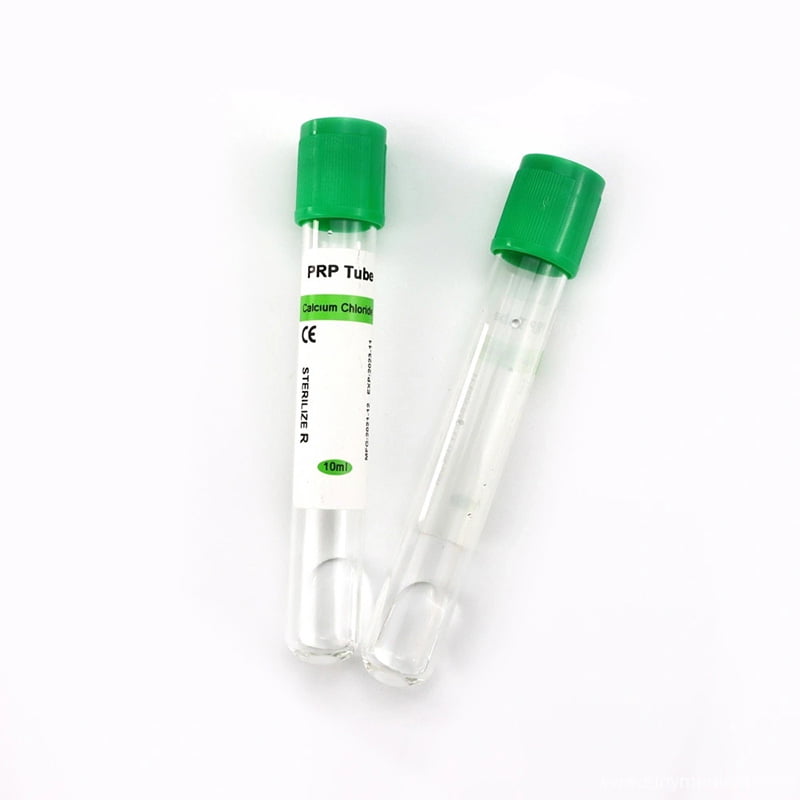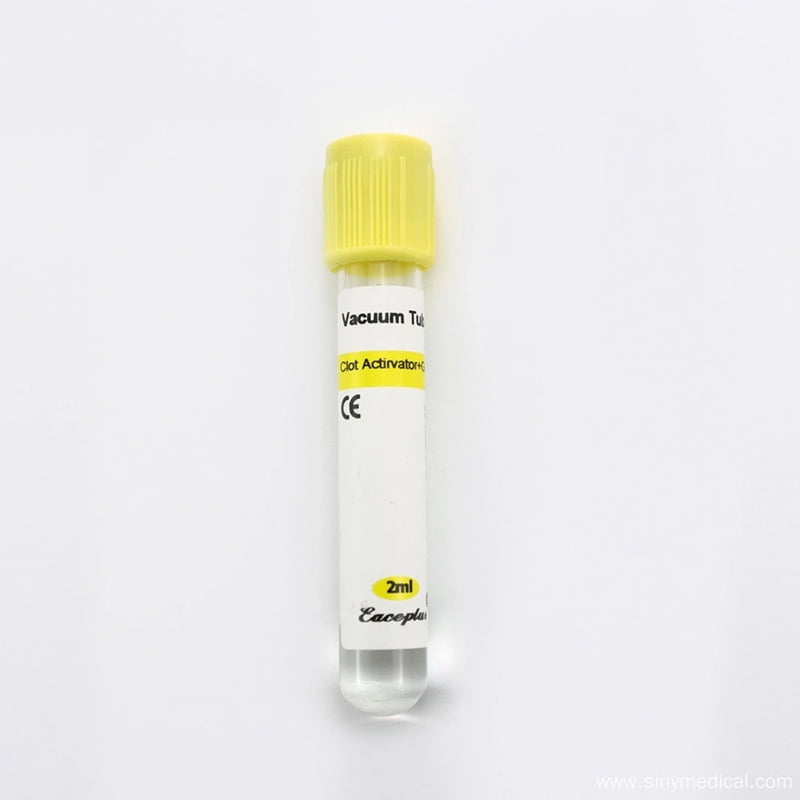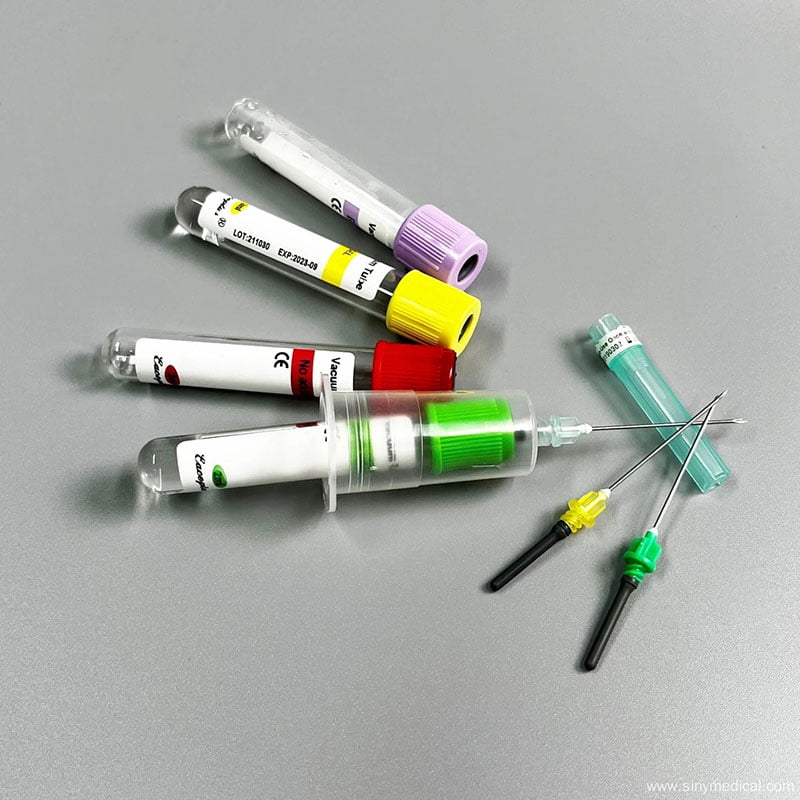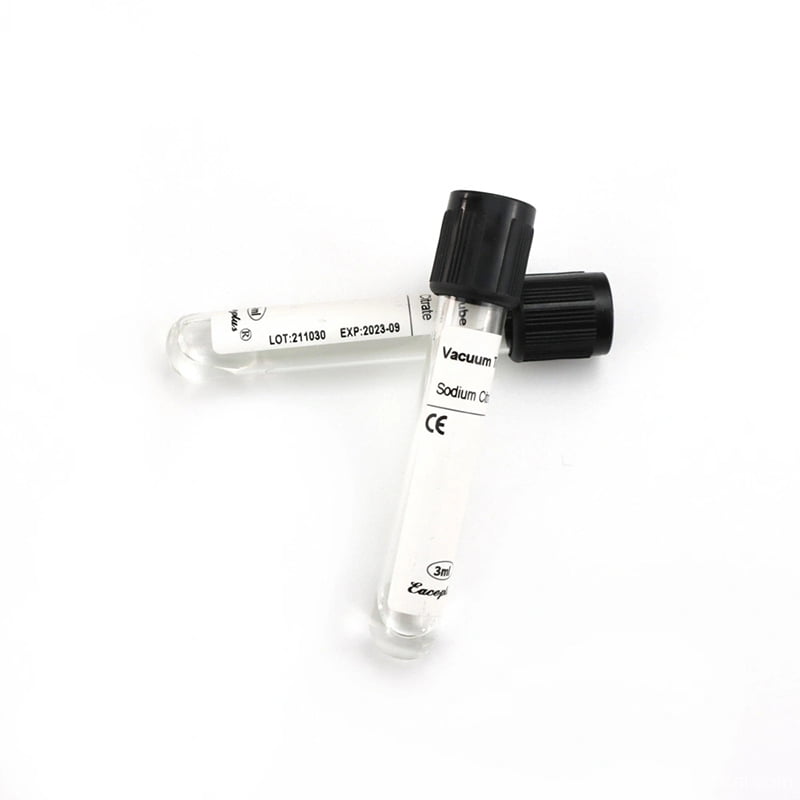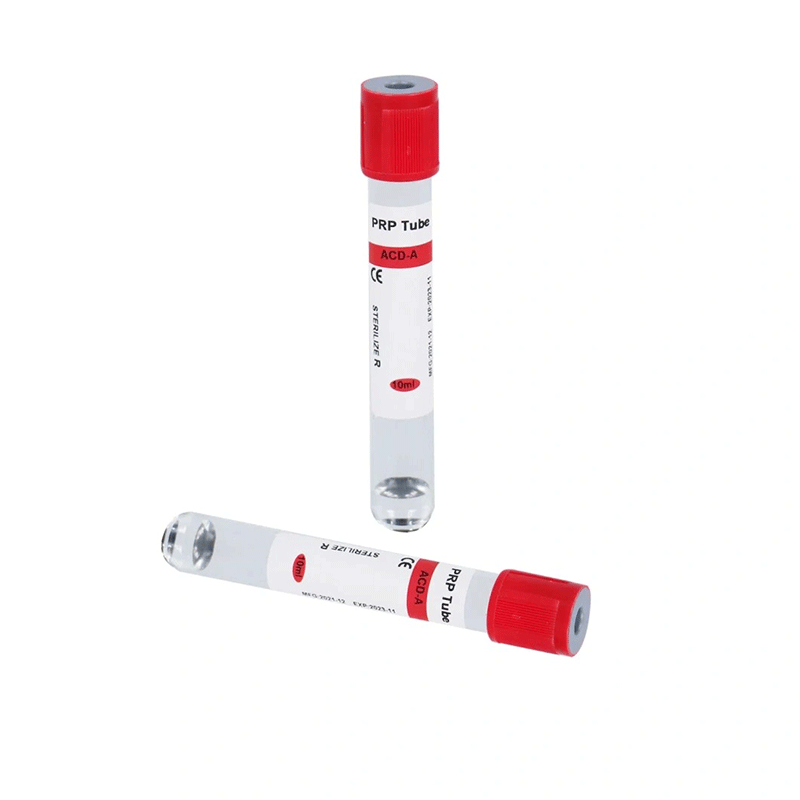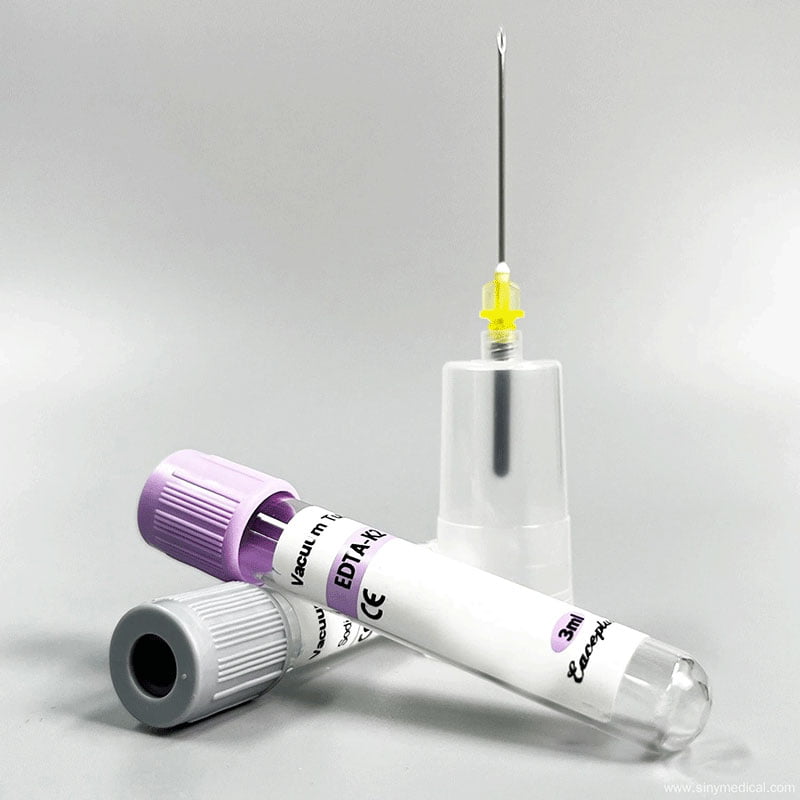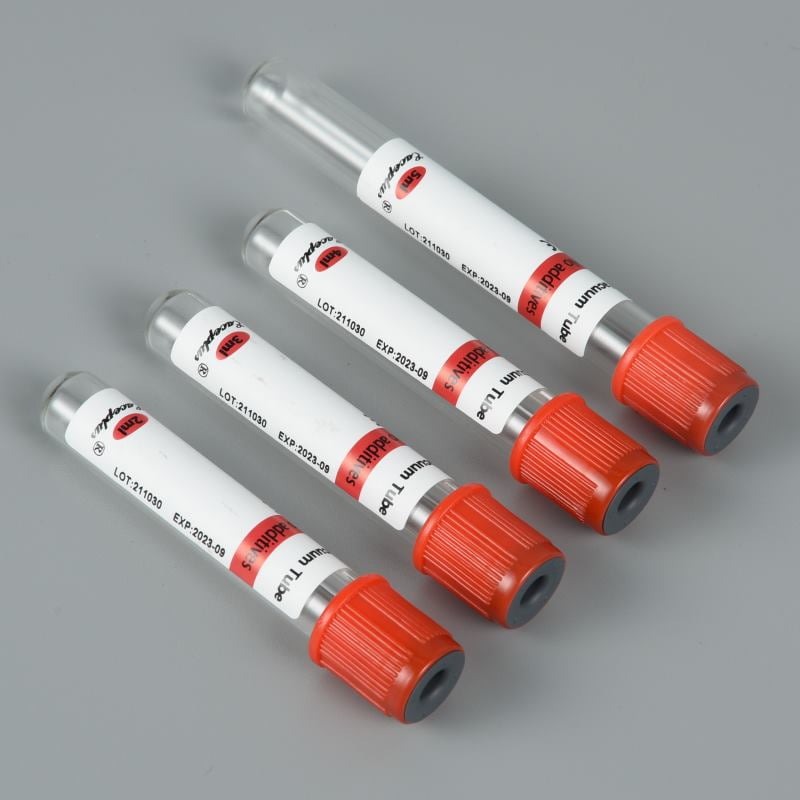Butterfly needles, also known as winged infusion sets, offer several advantages over regular needles. Their design features flexible wings on either side of a small hypodermic needle, allowing for easier control and precise insertion. This makes butterfly needles particularly useful when accessing small or fragile veins, such as those in pediatric or geriatric patients.
Regular needles, also known as straight needles, typically serve for routine venipuncture and administering medications. They have a simple design with a straight shaft and sharp bevelled tip, making them suitable for more prominent veins and resounding insertions.
Table of Contents
- 1 What is a Butterfly Needles
- 2 What is a Regular Needles
- 3 Differences between Butterfly Needles and Regular Needles
- 4 Benefits of Using Butterfly Needles Over Regular Needles
- 5 When to Choose Butterfly Needles Over Regular Needles
- 6 Usage in Different Medical Scenarios
- 7 Conclusion
- 8 FAQs
- 9 You May Also Read
What is a Butterfly Needles
A butterfly needle, also known as a winged infusion set, is a small, flexible needle with wings on either side. These “wings” provide healthcare professionals with greater control and precision when performing venipuncture (the vein access process). The needle is connected to a flexible tube, allowing easy handling during blood draws or intravenous (IV) infusions. Butterfly needles are often preferred for patients with complex or fragile veins, such as children, the elderly, or those with small or rolling veins.

Technical Parameters: Butterfly Needle
| Place of Origin | China |
| Material | Stainless steel |
| Shelf Life | 3 years |
| Needle Gauge | 18G, 19G, 20G, 21G, 22G, and 23G |
| Color | Pink/Orange/Yellow/Green/Black/Blue |
| Custom | Contact Us |
| Needle length | 3/4” |
Butterfly needles come in various sizes, typically ranging from 18-gauge to 27-gauge, with smaller sizes used for more delicate veins. The needles are named after the butterfly-like appearance of the wings that assist in guiding the needle into the vein.
What is a Regular Needles
Healthcare professionals frequently use regular needles, also known as straight needles or hypodermic needles, in a variety of medical procedures such as vaccinations, blood draws, and intravenous drug administration. These needles are typically more extensive than butterfly needles and do not have wings or a flexible tube attached. Regular needles connect directly to a syringe or IV line, which makes them more challenging to manipulate in certain situations.
Differences between Butterfly Needles and Regular Needles
| Feature | Butterfly Needles | Regular Needles |
|---|---|---|
| Design | Small needle with flexible tubing and winged handles | Straight, rigid needle attached to a syringe or IV line |
| Comfort | More comfortable due to reduced pressure on the vein | Can cause more discomfort, especially with difficult veins |
| Ease of Use | Easier to use for fragile or small veins | More challenging with difficult veins, less precision |
| Patient Types | Ideal for pediatric, geriatric, and patients with fragile veins | Typically used for adults with accessible veins |
| Vein Access | Excellent for hard-to-locate or rolling veins | Suitable for easily accessible veins |
| Pain Level | Generally less painful, minimal vein damage | More painful, higher risk of bruising and vein collapse |
| Typical Usage | Blood draws, IV infusions, pediatric care | Vaccinations, intramuscular injections, routine blood draws |
| Sizes Available | 18-gauge to 27-gauge (smaller sizes for delicate veins) | Wide range of gauges, larger sizes for injections or thick fluids |
| Control | Wings provide better grip and needle control | No wings, making control more difficult in certain cases |
| Risk of Complications | Lower risk of vein collapse or bruising | Higher risk of vein damage or hematomas |
| Flexibility | Flexible tubing allows movement without dislodging the needle | Rigid, no flexibility, which can cause discomfort or dislodging |
| Best for | Patients with fragile veins or repeated blood draws | Routine injections, vaccines, or accessible veins |
This table provides a clear side-by-side comparison, helping to illustrate the practical differences between butterfly needles and regular needles for different medical situations.
Benefits of Using Butterfly Needles Over Regular Needles
One of the primary benefits of butterfly needles is their design, which allows for more excellent manoeuvrability and precision during venipuncture. The wings of the butterfly needle provide a stable grip, enabling healthcare providers to adjust the angle and depth of insertion more easily. This is particularly beneficial when working with smaller or more fragile veins, common in pediatric and geriatric patients. The ease of control helps minimize the risk of complications, such as hematomas or missed veins, enhancing the overall success rate of the procedure.
Another advantage of butterfly needles is their reduced tendency to cause discomfort during insertion. The shorter length and thinner gauge of many butterfly needles means they can be less painful than their regular counterparts. This is especially important for patients who may be anxious about needles or have a low pain threshold.
Additionally, the design of butterfly needles allows for more gentle stabilization of the vein, reducing the likelihood of movement during the procedure and contributing to a more positive patient experience.

Butterfly needles are also versatile in their application. You can use them for various procedures, including blood draws, intravenous (IV) infusions, and medication administration. Their design allows for the attachment of multiple tubing systems, making them adaptable to different clinical settings. This versatility makes butterfly needles a preferred choice in many healthcare settings, allowing for a streamlined approach to patient care while prioritizing comfort and efficacy.
When to Choose Butterfly Needles Over Regular Needles
The healthcare provider chooses either butterfly needles or regular needles based on the patient’s specific needs and the procedure being performed:
- The patient has small, fragile, or difficult-to-access veins.
- The procedure requires multiple blood draws or IV infusions, such as oncology treatments.
- Patient comfort is a priority, especially in pediatric or geriatric care.
- Vein stability and control are essential, such as in patients with rolling veins.
Regular needles typically serve routine medical procedures where healthcare providers do not need to worry about vein accessibility, such as vaccinations or intramuscular injections.
Usage in Different Medical Scenarios
Butterfly needles are typically used in specific medical scenarios where precision and gentleness are paramount. Healthcare professionals commonly use them in the following situations:
- Pediatric blood draws: Children often have smaller, more fragile veins, making butterfly needles the preferred choice due to their precision and reduced discomfort.
- Geriatric care: Elderly patients often have veins that are more prone to collapse, making the gentle insertion of a butterfly needle ideal.
- Oncology treatments: Patients undergoing chemotherapy or other oncology treatments may require frequent IV access, and butterfly needles provide a more comfortable experience.
- Patients with problematic veins: Some individuals have veins that are hard to locate or that roll when accessed with a needle. The design of butterfly needles allows for greater control in these situations.
Healthcare professionals commonly use regular needles in routine procedures such as:
- Drawing blood from patients with easily accessible veins: When veins are straightforward, healthcare professionals typically use regular needles for blood draws.
- Vaccinations: Regular needles are ideal for administering vaccines due to their simple and efficient design.
- Intramuscular or subcutaneous injections: Regular needles are the preferred choice for injections that need to penetrate deeper into muscle or fat.
Conclusion
Both butterfly needles and regular needles play essential roles in medical procedures, but their design, comfort, and usage differences make them suitable for different scenarios. Butterfly needles provide comfort and precision, especially for patients with fragile or hard-to-reach veins. Regular needles are more versatile and widely available, but they sometimes cause more discomfort and work better for routine injections or blood draws. Understanding these differences helps healthcare professionals make informed decisions, leading to better patient care.
FAQs
What are butterfly needles used for?
Healthcare professionals commonly use butterfly needles for blood draws, IV infusions, and medical procedures in patients with small, fragile, or hard-to-access veins.
Are butterfly needles less painful than regular needles?
Butterfly needles are often less painful because their smaller size, flexible tubing, and precise design reduce pressure on the vein.
Why do butterfly needles have wings?
The wings on butterfly needles give healthcare professionals better control and stability when inserting the needle into a vein.
Discover the pros and cons of butterfly needles versus regular needles, and choose the right one for blood draws or injections.
Are butterfly needles more expensive than regular needles?
Butterfly needles are more expensive than regular needles due to their specialized design and added components.
You May Also Read
- What is a Butterfly Needle?
- How To Use A Winged Infusion Set Butterfly Needle?
- The Art of Capturing Butterfly Needle for Drawing Blood
- Tips for Selecting the Right Blood Collection Needles
If you enjoyed this article, please subscribe to our YouTube channel. We provide product video tutorials. You can also follow us on Instagram and Facebook to stay up to date with new updates, news and special deals.

